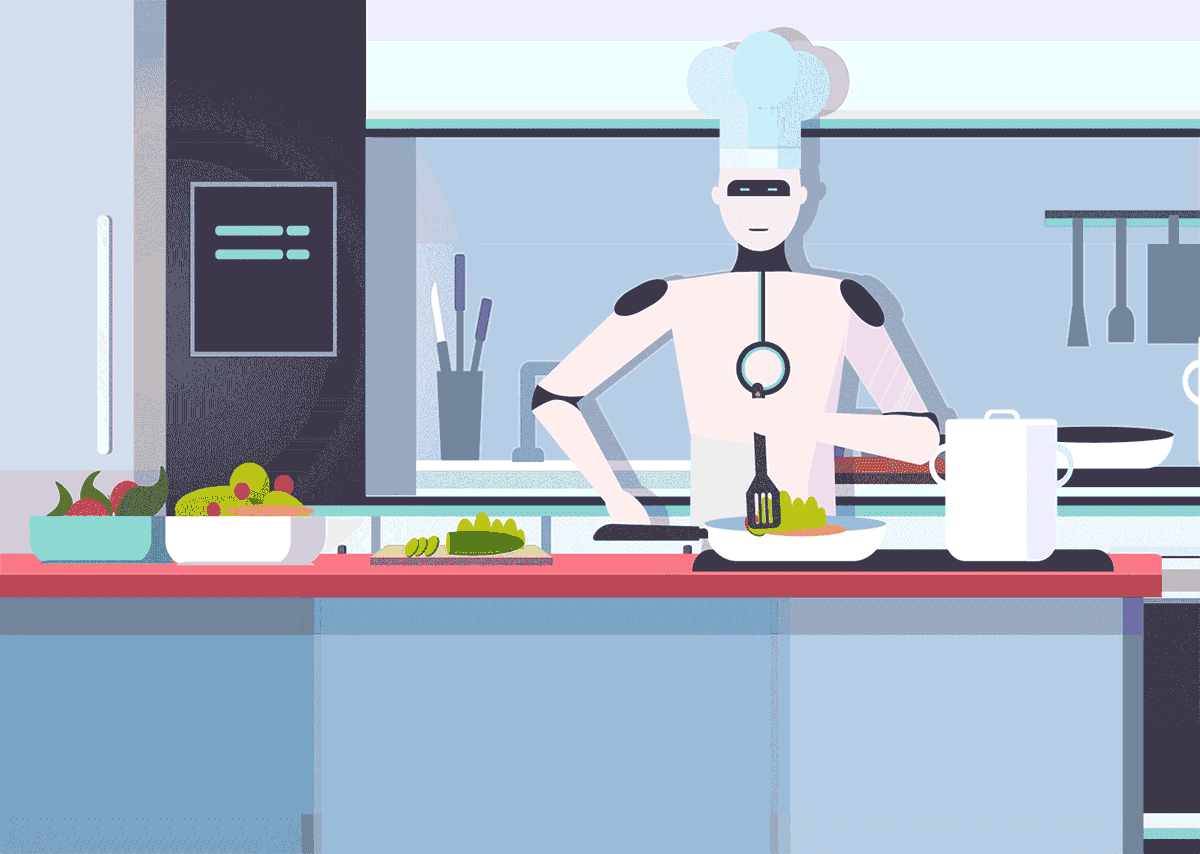Look What This Robot Learned!
Scientists taught a robot how to peel a banana. They’re excited to find out what else robots can learn to do.
ISI (Kuniyoshi) Laboratory, The University of Tokyo
Robots are amazing. They can deliver stuff, move heavy equipment, and even do some repairs. All of this saves humans a lot of time and energy. Now, thanks to scientists in Japan, at least one robot can peel a banana!
Why teach a robot to peel a banana? As great as robots are at certain tasks, they’re not known for being good at delicate tasks. Humans have fine motor skills, which enable us to use small muscles in our wrists, hands, and fingers to do things like hold a pen or peel a banana. Robots don’t have human hands, of course. But could they learn these skills? Scientists decided to find out. They wanted to see if they could teach a robot to do a delicate task—like peeling a banana without squishing it and making a big mess.
Scientists used a robot that has two arms. They trained the robot by showing it how to peel a banana hundreds of times. Each time, the robot collected more data (information) about what to do. This allowed it to learn the action and copy it. It took the robot 13 hours of training before it could peel a banana. Even then, it did the task successfully only a little more than half the time. It took the robot about 3 minutes to peel one banana.
While the robot couldn’t peel a banana as well as a human can, scientists did show that robots can learn at least one delicate task. This suggests that robots may be able to learn other delicate tasks, too. If they can, companies that use robots will be able to put them to work in many more ways.





